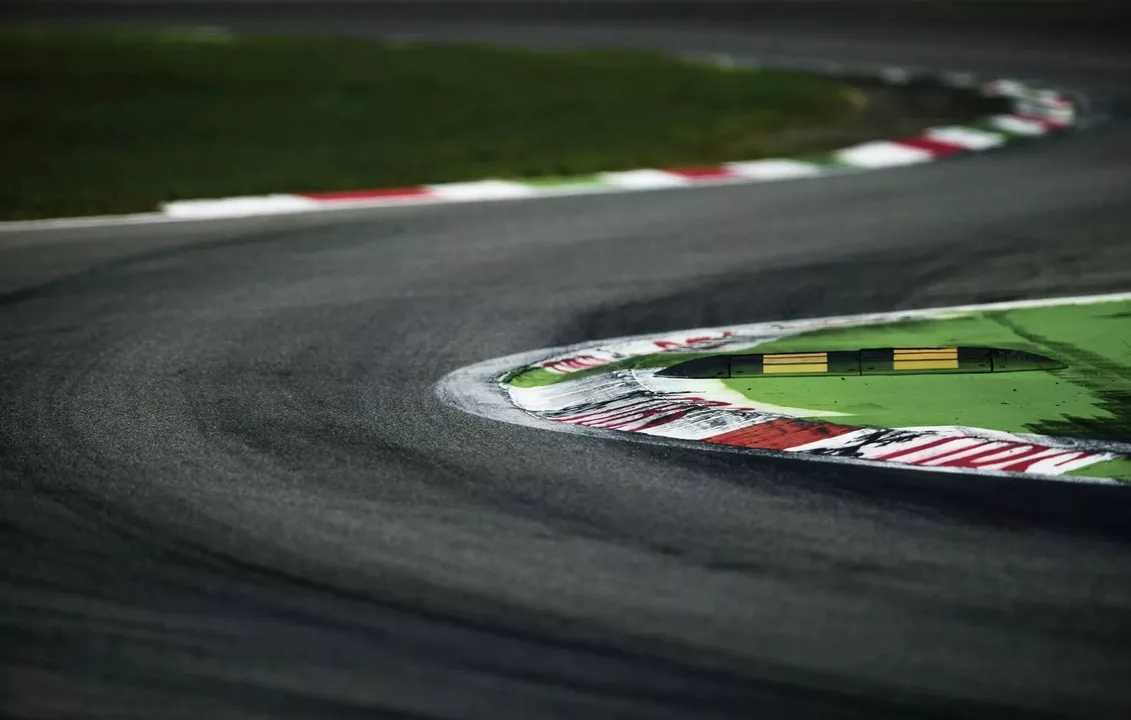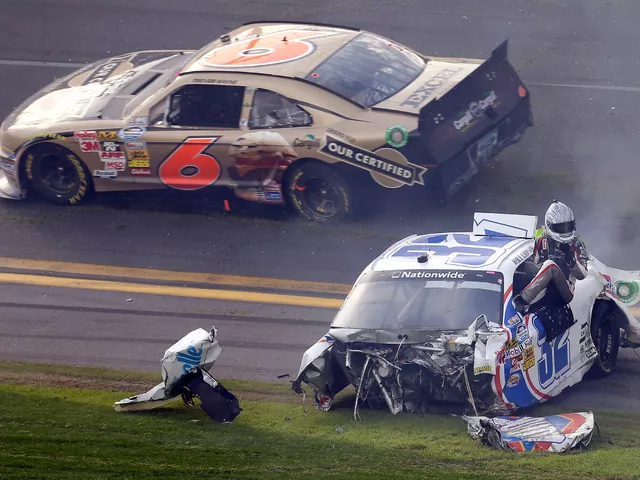Chicane Tips for Faster Lap Times
Ever wondered why those zig‑zag sections on a circuit feel like a nightmare? That’s a chicane – a deliberately tricky bit of track designed to slow you down and test your car’s balance. Getting a chicane right can shave seconds off a lap, and that’s the difference between a podium and a mid‑pack finish.
Understanding Chicane Design
Most chicanes are made of two or more quick turns placed close together. The goal is to break the straight‑line speed you built up before the section. Because you’re forced to change direction rapidly, the car’s front end wants to push wide while the rear wants to swing out. If your suspension isn’t set up for that, you’ll either understeer or oversteer and lose precious time.
Look at the layout of the circuit you’re racing on. Is the chicane tight with a short radius, or does it have a longer, flowing shape? Tight chicanes demand a neutral or slightly front‑biased setup, while flowing ones let you carry more speed and benefit from a rear‑biased balance. Knowing the geometry helps you pick the right tyre pressure, camber, and suspension stiffness.
Setup Tricks to Nail the Chicane
First, check your tyre pressures. Slightly higher pressure in the front gives a quicker turn‑in, but too much will make the front slide. A good starting point is a 2‑psi increase from your normal race pressure, then fine‑tune during practice.
Next, adjust camber. A bit more negative camber on the front wheels improves grip when you’re turning into the first apex. On the rear, keep camber modest – you want the car to be stable when you swing the opposite way.
Suspension stiffness is another lever. Stiffer front springs help the car respond faster, but if the front is too stiff you’ll lose contact on bumps. Try a middle‑range setting and listen to the car’s feedback. If you feel the front jumping, soften a notch.
Weight distribution matters too. Add a small amount of ballast toward the rear if you’re fighting understeer, or move it forward if the car oversteers in the second part of the chicane. Small shifts – 5‑10 kg – can change the car’s feel dramatically.
Finally, practice the racing line. The classic line is a ‘late apex’ into the first turn, then a quick pivot to the second. Hitting the apex a fraction later lets you straighten the car sooner for the next straight. Try a few variations in a timed session and see which gives the best exit speed.
At Jasmine Motorsport UK we love fine‑tuning cars for these exact moments. Our engineers can help you dial in the perfect camber and spring rates, and our race‑prep kits include everything you need to optimise tyre pressure on the fly.
Remember, a chicane isn’t just a speed trap – it’s an opportunity. Master the set‑up, hit the right line, and you’ll turn those slow‑downs into overtaking chances. So next time you see that twisty section, don’t dread it – attack it with the right gear and a clear plan, and watch your lap times drop.

What is the difference between a dogleg and a chicane?
A dogleg and chicane are both types of turns in a race track. A dogleg is a 90 degree turn that curves in one direction and then curves back in the opposite direction. A chicane is a series of alternating left and right turns, often with small straightaways in between. Both are used to slow down the cars and improve safety. Doglegs can also be used to create a more exciting track layout. Chicanes, however, are more frequently used on tracks where safety is of utmost importance.
View More



